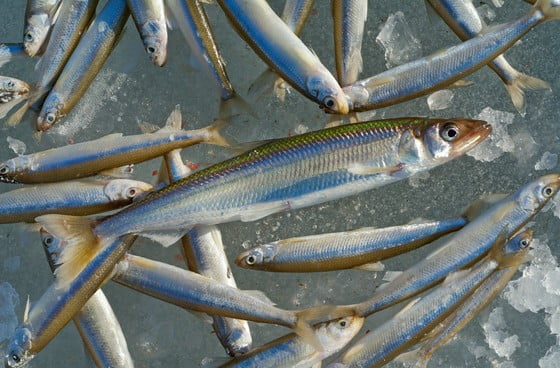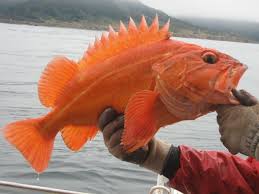
The New York State Department of Environmental Conservation (DEC) today announced that approaching weather will trigger fall trout and salmon migrations into Lake Ontario and Lake Erie tributaries. DEC encourages anglers to visit Great Lakes tributaries this year and experience some of the best trout and salmon fishing in North America. In addition to their recreational value, New York’s Great Lakes tributary fisheries supported more than 835,000 angler days in 2017, generating more than $38 million to local economies.
“Each fall, New York’s Great Lakes tributaries support fall salmon migrations and trout that afford anglers outstanding opportunities to pursue trophy-size fish for a variety of species,” DEC Commissioner Seggos said. “From September through May, tributary anglers from across the U.S. and beyond can enjoy world-class fishing in a variety of settings and DEC wants to continue to encourage anglers to enjoy fishing these waters and supporting local communities.”
Chinook and coho salmon runs in Lake Ontario tributaries generally begin in mid-September and continue through early November. Brown trout are also present in the tributaries during this time and remain in some waters until spring. Atlantic salmon provide a summer fishery in the Salmon River and are caught occasionally at other times of the year in the Salmon River and Oak Orchard Creek. Steelhead begin their tributary runs in earnest in both Great Lakes in mid-October and provide for fishing excitement through springtime.
Since anglers will encounter a variety of species, DEC advises anglers to review fish identification outlined in the instructional video on YouTube.

Black River: The Black River (Jefferson County) from the Mill Street Dam in Watertown downstream to Lake Ontario supports runs of Chinook and coho salmon, steelhead and brown trout. Two fish ladders provide fish access around dams at Dexter and Glenn Park.
A map of areas along the river where the public can fish (PDF) can be found on DEC’s website.

Salmon River: New York’s most heavily fished Great Lakes tributary, the Salmon River (Oswego County), stretches 17 miles from the Lighthouse Hill Reservoir in Altmar to Lake Ontario. There are 12 miles of public fishing rights along the river, offering some of the finest sportfishing in the country. Two major fish records were taken from the Salmon River: Great Lakes record Chinook salmon (47 lbs. 13 oz.) and the world record coho salmon (33 lbs. 4 oz.). This world-famous river also supports an excellent steelhead fishery from late fall into May. DEC is committed to creating a 12-month fishery with an increased emphasis on Atlantic salmon.
A map of state land and public fishing rights where the public can access the river (PDF) to fish is available on DEC’s website.

Oak Orchard Creek: Oak Orchard Creek flows through Orleans County emptying into Lake Ontario at Point Breeze. Marsh Creek is a prominent tributary to Oak Orchard Creek and joins “The Oak” at an area known as “The Bridges.” Both tributaries offer excellent fishing for coldwater species, with opportunities to catch brown trout, steelhead, Chinook and coho salmon, and Atlantic salmon.
A map of publicly accessible areas (PDF) is available on DEC’s website.

Lower Niagara River: The Niagara River’s outflow into Lake Ontario is a powerful attraction to trout, salmon and other highly sought sportfish. The Lower Niagara can be fished from shore or by boat all year, with different opportunities during each season. The lower river is well known for its Chinook salmon, steelhead, brown trout, and lake trout. The Lower Niagara is considered one of New York’s finest trout and salmon fisheries, also offering tremendous overall fishing diversity.

Cattaraugus Creek (Lake Erie): Cattaraugus Creek (Erie/Cattaraugus/Chautauqua counties) supports a high-quality tributary steelhead fishery that consistently produces the highest angler catch rates among all of New York’s Great Lakes tributaries. Steelhead begin entering the creek in September and provide fishing opportunities that extend almost 10 months of the year. Peak fishing effort occurs in October and November, with the best quality angling typically found in the lower sections on the Seneca Nation of Indians lands.
A map of publicly accessible areas along the creek (PDF) is available on DEC’s website.


